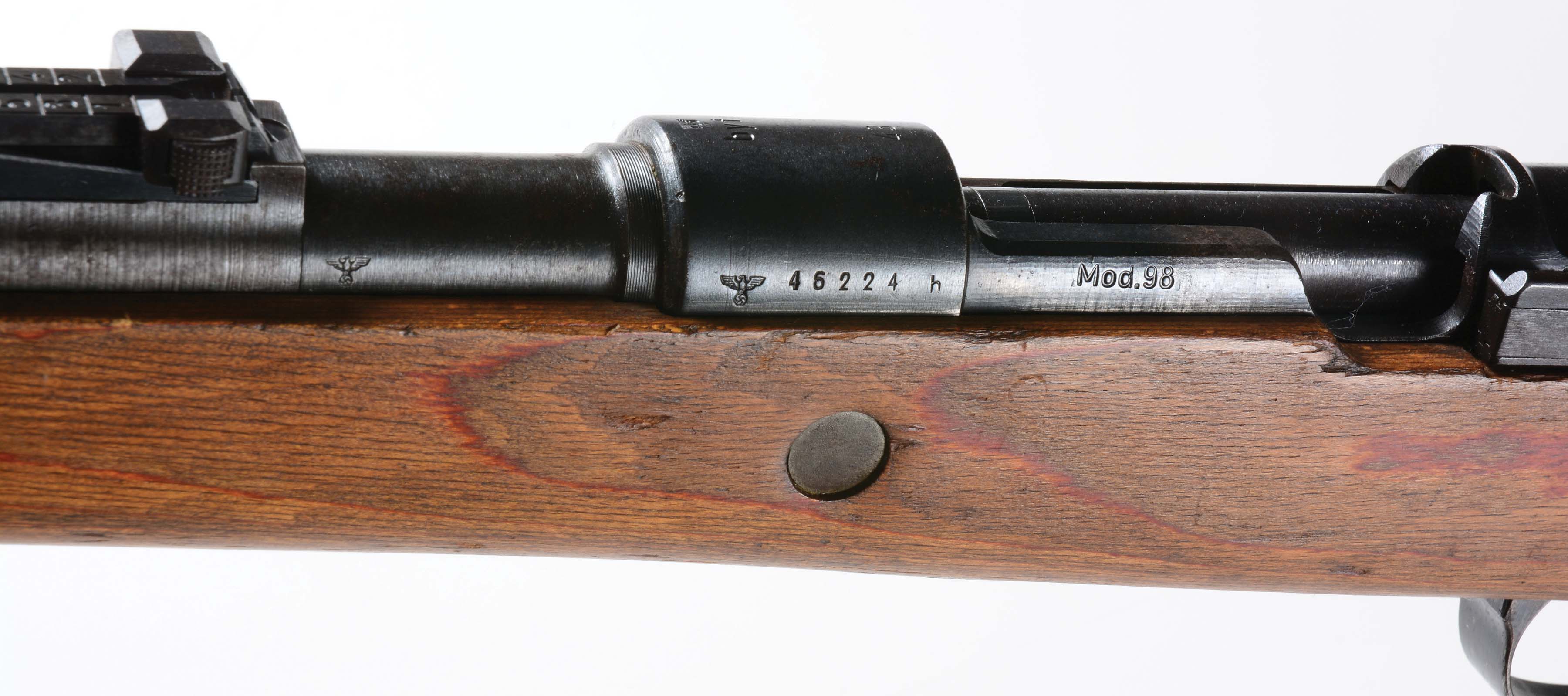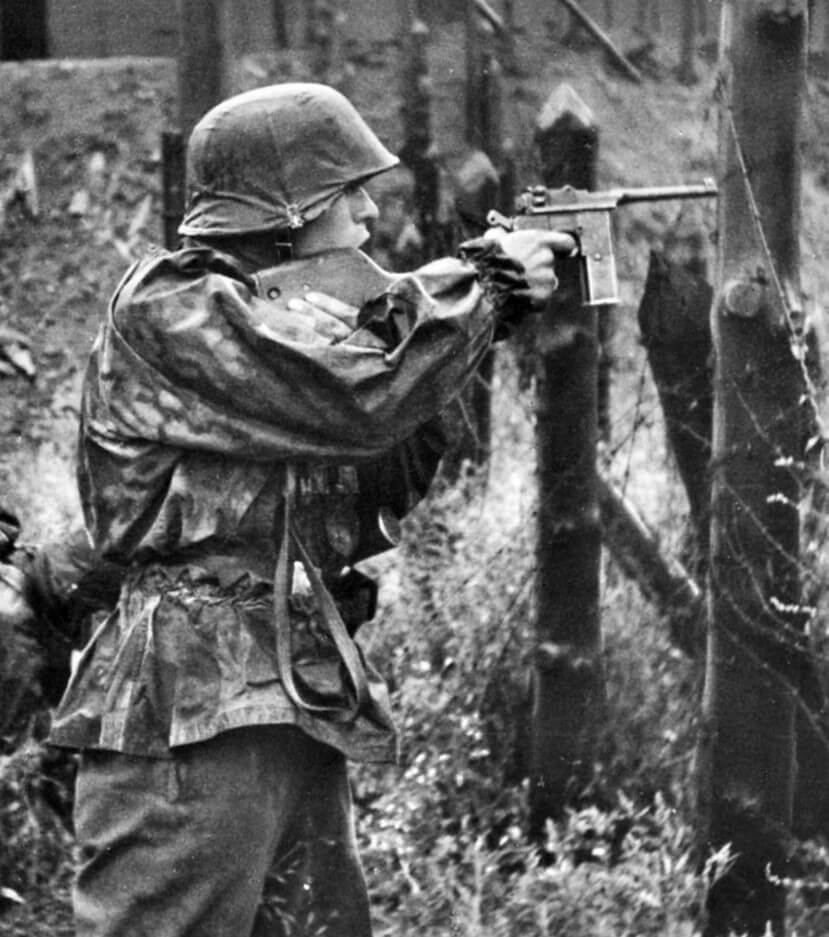
Ludwig Loewe manufactured around 22,500 of the M1895 carbines between 18 before licensing production to Fábrica de Armas, which built an unknown number of the rifles between 18, when production changed over to the Model 1916 short rifle.


It received the 1895 designation as the Spanish Army did not approve the carbine for service until that year. Though the carbine bears the 1895 designation, it did not include the improvements made in the M1895, and was essentially just a shortened M1893. The Spanish Army adopted the Model 1895 carbine on the rifle was essentially a shortened M1893, with a full-length stock that ran to the muzzle. Most of these rifles still in Turkish hands were later re-barreled and converted to fire the far more common and powerful 7.92×57mm Mauser after the Turkish Army adopted that caliber. The bayonet lug fit the M1890 Bayonet, which the Ottomans had already acquired in large numbers. Their rifles were chambered for the 7.65×53mm Argentine cartridge and were identical to the Spanish model, except for a, which when engaged permitted the feeding and extraction of single cartridges only while keeping the cartridges in the magazine in reserve, and a cylindrical bolt.

When the Ottoman Army learned about the new Spanish model of 1893, it ordered some 200,000 rifles in the same configuration. An Ottoman Mauser 1893, captured during the World War I and exposed in the Auckland Museum.


 0 kommentar(er)
0 kommentar(er)
